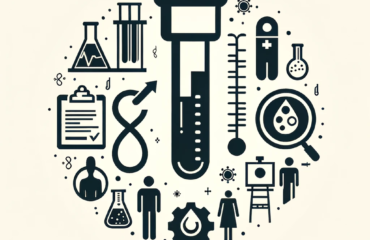To help you better understand clinical trials, this post simplifies and highlights the features, timelines, and an idea of the relative costs associated with each phase of clinical trials.
These are general descriptions and the specifics can vary depending on the type of trial and treatment being tested. For more on the types of clinical trials, read this post on the two primary types of clinical trials and how they operate.
Phase 1
- What it Does: This phase tests a new treatment on a small group of people (usually 20-80) for the first time to evaluate its safety, determine a safe dosage range, and identify side effects.
- Features: The focus is mainly on safety. The participants are often healthy volunteers, but sometimes they are patients.
- Timeline: This phase typically lasts several months.
- Costs: Phase 1 trials are generally less expensive than later phases, but they still can cost several million dollars. The costs go towards creating the treatment, paying the staff, and ensuring safety measures.
Phase 2
- What it Does: Phase 2 aims to test the efficacy of the treatment and further assess its safety. This phase involves more people, usually up to several hundred, who have the condition or disease that the treatment is meant to address.
- Features: The focus shifts to effectiveness while continuing to monitor safety. This phase often involves placebo-controlled studies (where some people get the treatment and others get a placebo).
- Timeline: This phase can last from several months to a couple of years.
- Costs: Phase 2 trials are more expensive than Phase 1, often costing tens of millions of dollars. The increase in cost is due to the larger number of participants, more extensive procedures, and longer duration.
Phase 3
- What it Does: This phase involves large groups of people (from several hundred to several thousand) to confirm the treatment’s effectiveness, monitor side effects, compare it to commonly used treatments, and collect information that will allow the treatment to be used safely.
- Features: This is usually the most rigorous and decisive phase. It often involves randomized and blind testing (participants don’t know if they’re getting the treatment or a placebo).
- Timeline: Phase 3 can last several years.
- Costs: This is the most expensive phase, often costing hundreds of millions of dollars. The high costs are due to the large scale of the trial, extensive data collection, and longer duration.
Phase 4
- What it Does: Conducted after a treatment has been approved and marketed, Phase 4 trials gather additional information about the treatment’s risks, benefits, and optimal use.
- Features: These trials might investigate long-term effects, how well the treatment works over an extended period, or how it compares to other treatments.
- Timeline: Can be ongoing for many years.
- Costs: The costs vary widely but can be substantial, especially if long-term effects and outcomes are being studied. These trials are often funded by the pharmaceutical companies that market the treatment.
General Notes
- Cost Variability: The costs of clinical trials can vary greatly depending on the type of treatment, the number of participants, the length of the study, and the complexity of the research.
- Funding Sources: Funding for these trials often comes from pharmaceutical companies, government agencies, or research grants.
These phases are critical steps in ensuring that a new treatment is safe and effective before it becomes widely available to the public.



